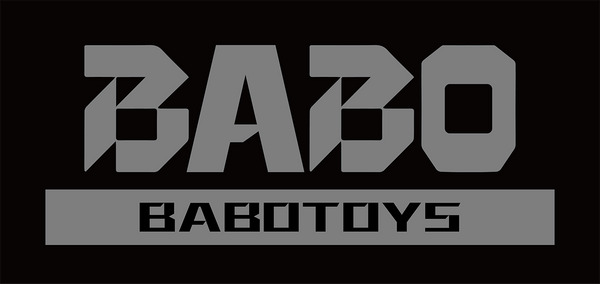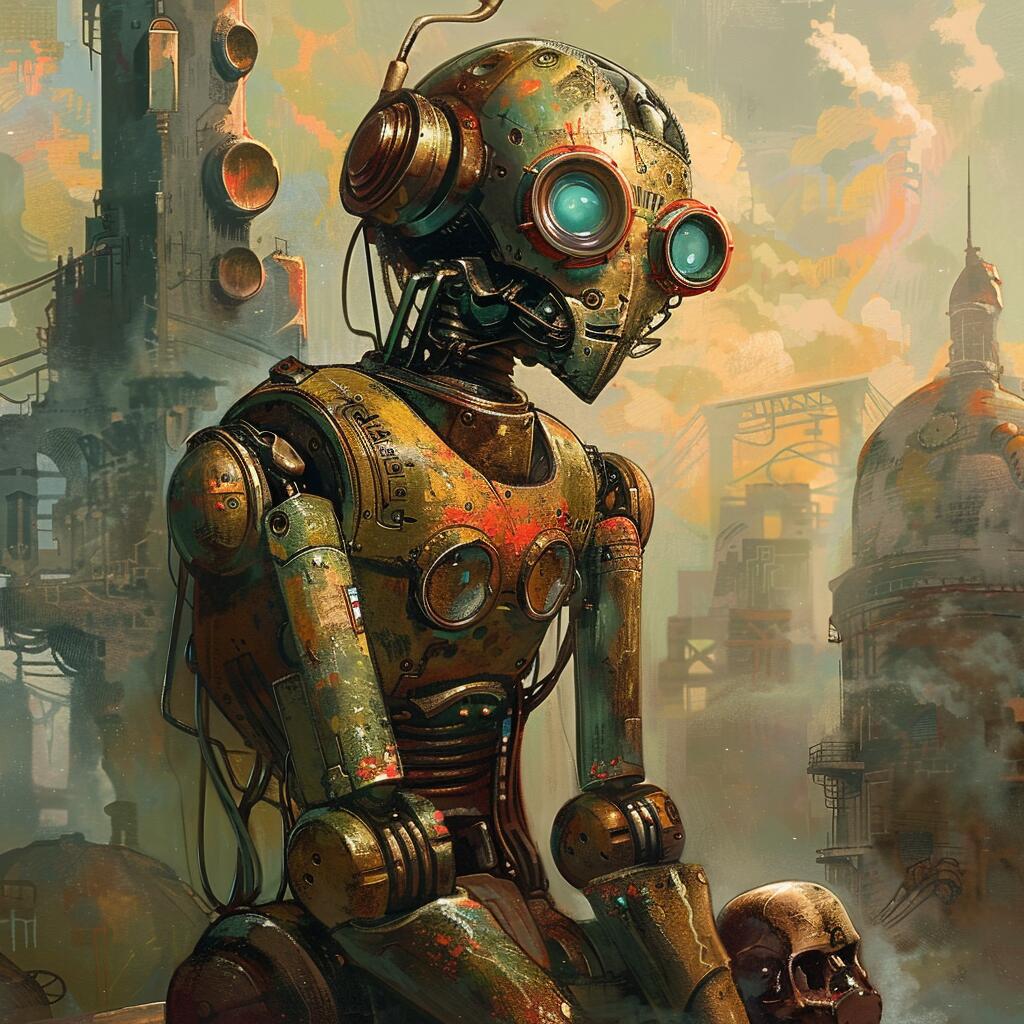Origins & Evolution
The aesthetics of Steampunk originated in the Victorian era (1837–1901) — a time of great industrial progress and cultural sophistication. Steam power drove factories, trains, and inventions, while society was defined by strict hierarchies and ornate design. The fashion, architecture, and manners of the period reflected both elegance and innovation.

Steampunk can be seen as an imaginative extension of that age — a fusion of Victorian romance and mechanical creativity. Writers like Jules Verne (Twenty Thousand Leagues Under the Sea, 1870) and H.G. Wells (The Time Machine, 1895) envisioned fantastical worlds powered by steam, technology, and adventure. The Romantic movement of the 19th century, with its focus on imagination and rebellion against convention, further fueled this merging of beauty and machinery — giving birth to what we now call Steampunk.

The Steampunk Visual Language
In architecture, Steampunk draws from Victorian styles — Gothic spires, arched windows, and Baroque ornamentation, infused with gears, pipes, boilers, gauges, brass, and steel. The blend of machinery and artistry creates a visual world where elegance meets engineering.

In fashion, men often wear tailcoats, top hats, and goggles, while women favor corsets, long velvet skirts, and accessories made of gears, chains, and clockwork elements. Every piece tells a story — a mix of refinement, fantasy, and rebellion.
This mechanical style has also inspired modern jewelry, furniture, and digital art, shaping today’s maker culture and design trends.
The Deeper Meaning Behind Steampunk
Steampunk isn’t only a visual aesthetic — it’s a philosophy of reinvention. It imagines how technology could have evolved differently, inviting reflection on the balance between progress and humanity.
In this “alternate history,” people find hope, adventure, and rebellion — the essence of punk. It celebrates craftsmanship, curiosity, and resistance to mass production.

We see this spirit in literature like Philip Pullman’s His Dark Materials, in games like Machinarium, and in films such as Steamboy and Howl’s Moving Castle — each a creative ode to the age of steam and imagination.

A Bridge Between Past and Future
Steampunk isn’t about clinging to the past — it’s about reimagining it. It serves as a bridge between eras, blending nostalgia and modern creativity.
As we live through generational change, old aesthetics are returning — candles, woodworking, hand tools, and analog hobbies are back. People are rediscovering the joy of crafting, the satisfaction of making things by hand, and the appreciation for objects with soul.

Steampunk embraces all of it — the passion for antique typewriters, the charm of brass machines, and the revival of Victorian fashion. It reminds us that technology and creativity can coexist beautifully.

The Spirit Lives On
Steampunk represents a mindset — to build, tinker, and dream.
It reminds us that even in an age dominated by digital algorithms, there’s magic in mechanical motion, gears turning, and hands creating.
It’s a return to authenticity — where imagination turns metal into art and nostalgia into innovation.
Because the future, like the past, is still powered by curiosity.

Babotoys: Where Mechanism Meets Imagination
At Babotoys, we draw inspiration from this same Steampunk philosophy — combining mechanical craftsmanship, artistic design, and adult playfulness.
Each mechanical puzzle creation is more than a toy — it’s a mechanical poem, built for those who appreciate movement, material, and meaning. From CNC-crafted sliders to modular puzzles, our products celebrate the beauty of precision and the joy of touch.

Like Steampunk itself, Babotoys bridges nostalgia and innovation, reminding us that play is a timeless act of creation.


